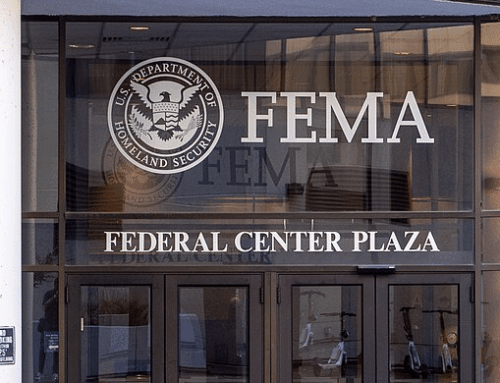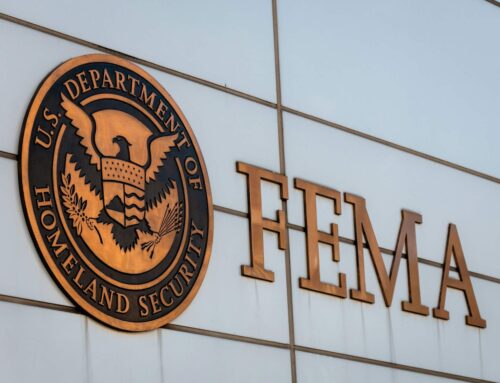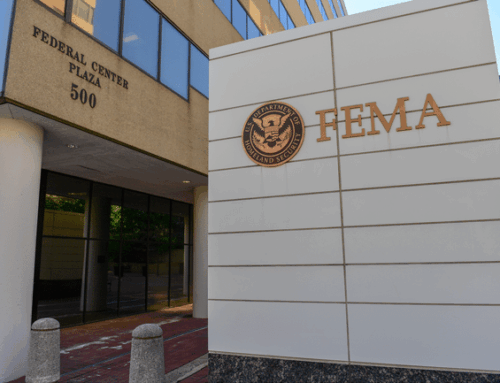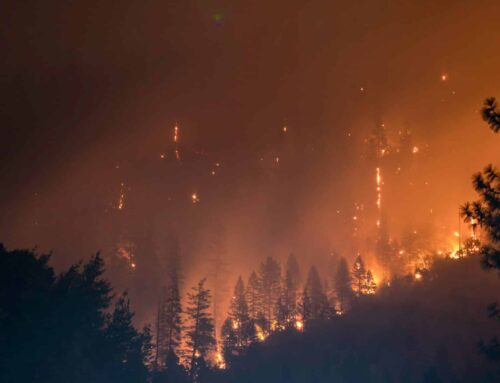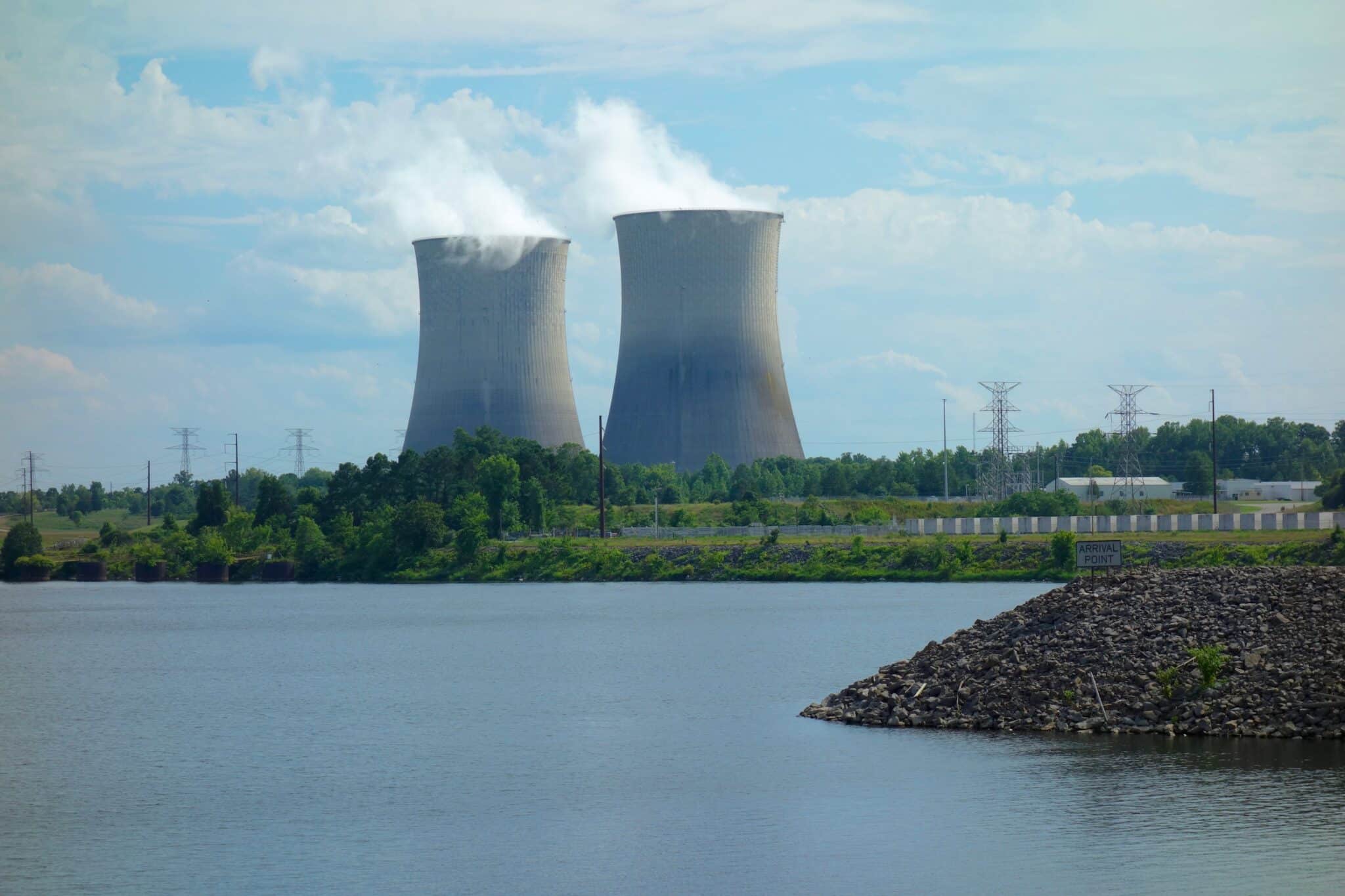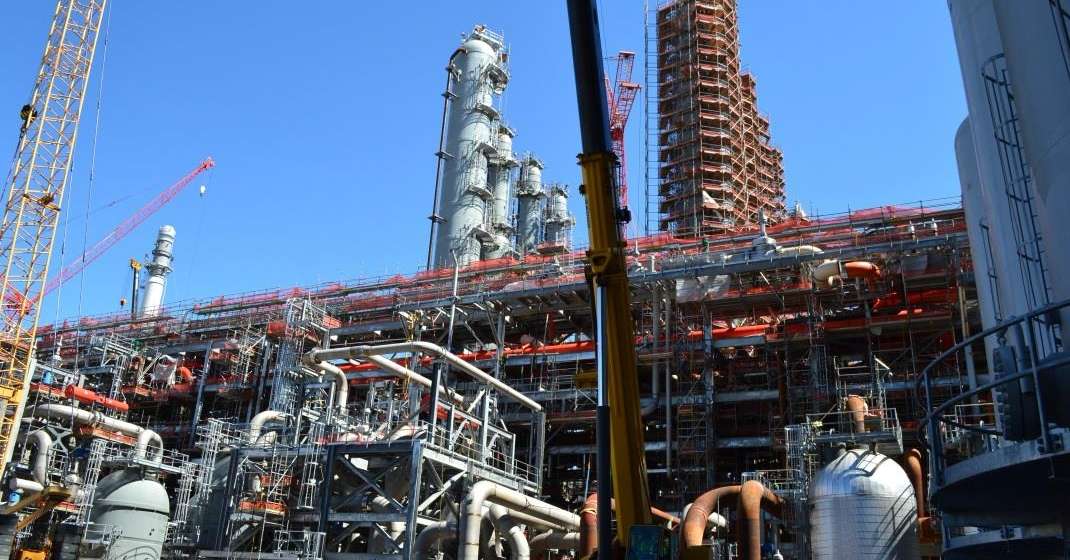The first alarm sounded with Hurricane Helene. In late September 2024 the storm slammed into Florida, then roared into the Appalachians, flooding towns unbuilt for the winds and deluge. Two weeks later Hurricane Milton cut across central Florida. Nearly 300 people were dead by the time the winds quieted.
Then came January's firestorms in Los Angeles County, which incinerated 15,000 homes and blanketed millions in smoke. By midsummer, flash floods in Texas killed more than 130 people after torrents of rain turned streets into rivers overnight. Each event unleashed the usual wave of federal aid—$11 billion in three months—and thousands of staff deployed. Yet the system cracked under its own weight.
GAO auditors found that at one point FEMA had just nine trained employees nationwide to help survivors file for aid. Nine. Meanwhile, applications piled up by the hundreds of thousands and untested staff were sent into the field. Attrition hollowed the agency further—nearly 2,500 employees left in the first half of 2025, including a fifth of its senior executives.
This is what disaster response has become—billions spent, but too few people to deliver the help. GAO finally put it in writing. Disaster assistance itself is now a "high-risk" program.
The writing was on the wall. As we wrote in a recent Weekly Wastebasket and discussed on Budget Watchdog AF (All Federal) podcast, two decades of warnings about disaster readiness have gone unheeded, leaving taxpayers and communities to face déjà vu every time a storm, fire, or flood strikes.
Lawmakers fumed over shortages after Hurricane Katrina in 2005, again after Sandy in 2012, and once more after the 2017 hurricanes (Harvey, Irma, and Maria). For two decades the refrain has not changed. What has changed is the frequency. The number of billion-dollar disasters has nearly doubled in six years, FEMA is juggling more than 700 open declarations at once, and climate change is only quickening the pace.
Washington is groping for fixes. The White House has created a FEMA Review Council. An executive order in March told states to take a "more active and significant role" in resilience. Congress is considering bills to restructure FEMA. But until the Stafford Act is rewritten, FEMA remains the nation's responder of last resort. And, ready or not, it will be asked to show up.
For taxpayers the result is familiar. Paying more, getting less. Tens of billions flow through FEMA's Disaster Relief Fund each year, but too much is squandered on contractors, workarounds, and mistakes. Survivors wait longer, homes stay broken, communities remain vulnerable. Inefficiency piles on top of tragedy.
GAO has delivered its warning in plain bureaucratic prose, but the meaning is stark. A response system stretched this thin cannot hold. Disasters are no longer once-in-a-generation events; they arrive one after another, faster than the government can recover from the last.
Without more responders, stronger leadership, and a workforce that lasts beyond the next storm season, the country will keep stumbling. And taxpayers will keep paying for the failure. The weather will not wait. The question, as always, is whether Washington will.
- Marvin Nauman, Public domain, via Wikimedia Commons

